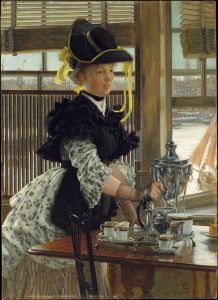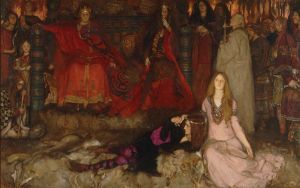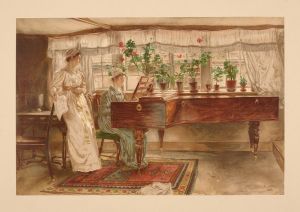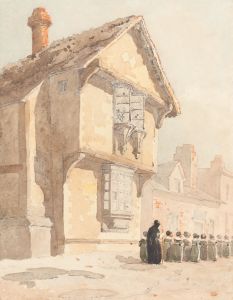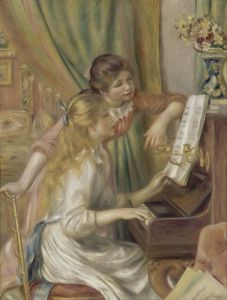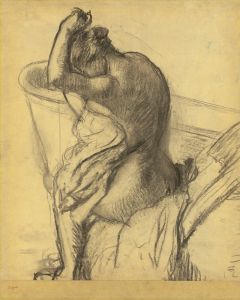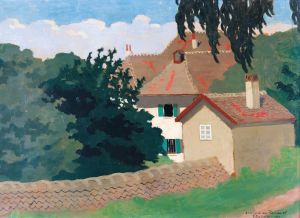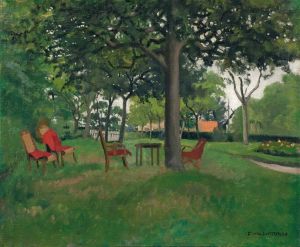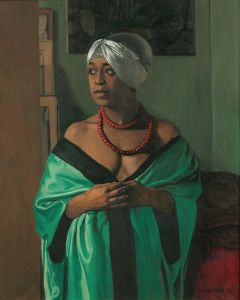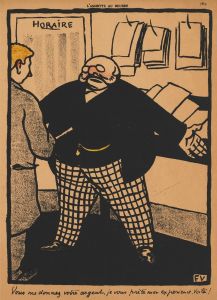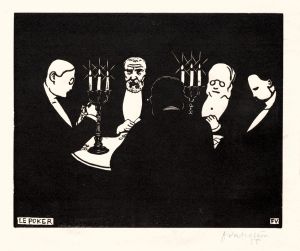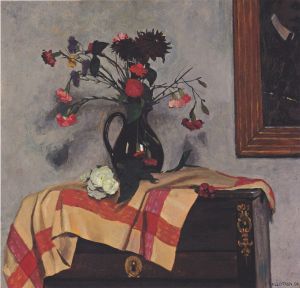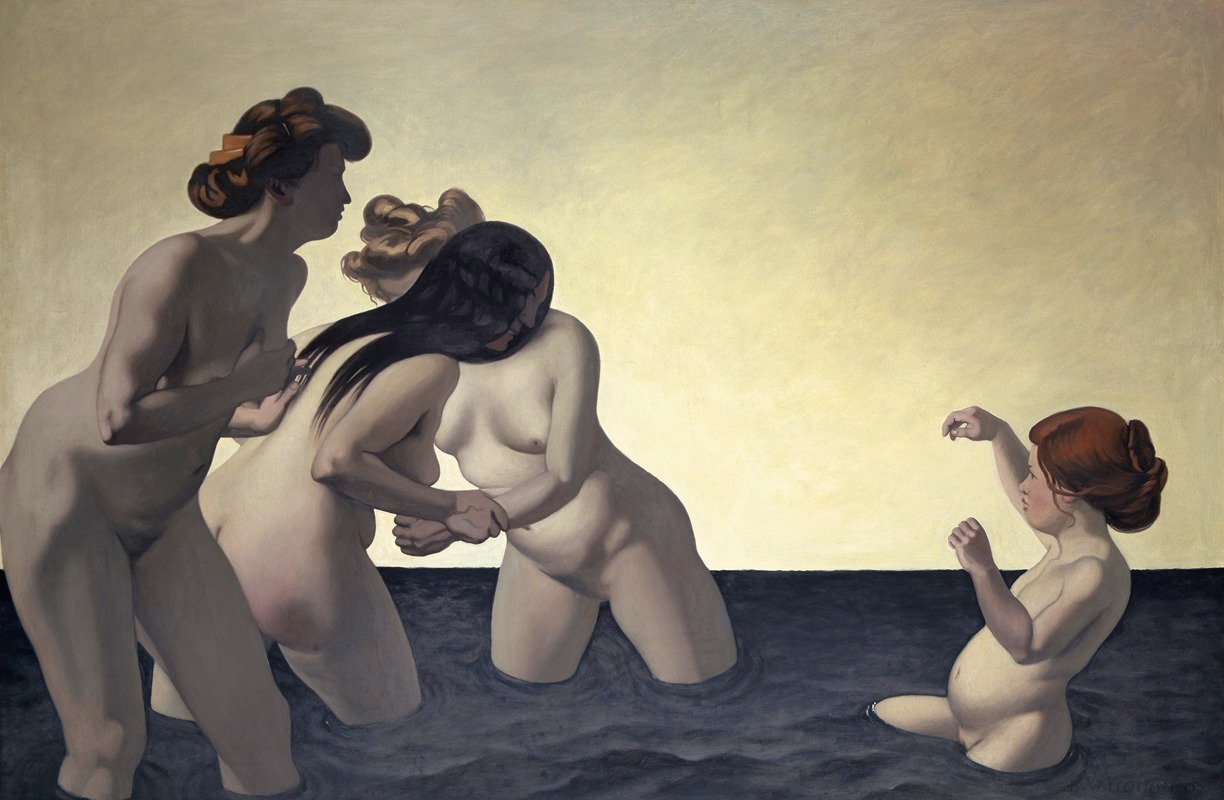
Three Women and One Little Girl Playing in the Water
A hand-painted replica of Félix Vallotton’s masterpiece Three Women and One Little Girl Playing in the Water, meticulously crafted by professional artists to capture the true essence of the original. Each piece is created with museum-quality canvas and rare mineral pigments, carefully painted by experienced artists with delicate brushstrokes and rich, layered colors to perfectly recreate the texture of the original artwork. Unlike machine-printed reproductions, this hand-painted version brings the painting to life, infused with the artist’s emotions and skill in every stroke. Whether for personal collection or home decoration, it instantly elevates the artistic atmosphere of any space.
Félix Vallotton's painting "Three Women and One Little Girl Playing in the Water" is an exemplary work of art that reflects the artist's unique style and thematic interests. Vallotton, a Swiss-French painter and printmaker, was associated with the post-impressionist movement and was a member of the avant-garde group Les Nabis. His works are known for their bold use of color, flattened forms, and often a sense of detachment or irony.
"Three Women and One Little Girl Playing in the Water" was created during a period when Vallotton was deeply engaged with themes of leisure and the human figure in natural settings. This painting, like many of his works, captures a moment of everyday life with a sense of calm and introspection. The scene depicts three women and a young girl enjoying a moment by the water, a subject that was popular among artists of the time, reflecting the societal changes and the increasing leisure time available to the middle class.
Vallotton's approach to this subject is distinct. He employs a simplified, almost graphic style that emphasizes the shapes and colors over intricate details. The figures are rendered with clear outlines and a smooth application of paint, which is characteristic of Vallotton's technique. This style is influenced by his background in printmaking, where clarity and contrast are essential.
The composition of the painting is carefully balanced, with the figures arranged in a way that guides the viewer's eye across the canvas. The use of water as a central element not only adds a dynamic quality to the scene but also reflects Vallotton's interest in the interplay of light and reflection. The water's surface acts as a mirror, creating an additional layer of visual interest and complexity.
Vallotton's color palette in this painting is both vibrant and harmonious, with the use of blues and greens to depict the water and natural surroundings, contrasted with the warmer tones of the figures' skin and clothing. This use of color not only enhances the visual appeal of the painting but also contributes to the overall mood, evoking a sense of tranquility and leisure.
The painting also reflects Vallotton's interest in the human form and his ability to convey emotion and narrative through posture and gesture. The relaxed poses of the women and the playful stance of the little girl suggest a moment of joy and freedom, capturing the essence of a carefree day by the water.
"Three Women and One Little Girl Playing in the Water" is a testament to Vallotton's skill as an artist and his ability to capture the subtleties of human interaction and the beauty of the natural world. It stands as a significant example of his work during the early 20th century and continues to be appreciated for its artistic merit and the insight it provides into the leisure culture of the time.
Overall, this painting is a reflection of Vallotton's broader artistic themes and his contribution to the post-impressionist movement, showcasing his distinctive style and his ability to blend simplicity with depth in his portrayal of everyday life.





